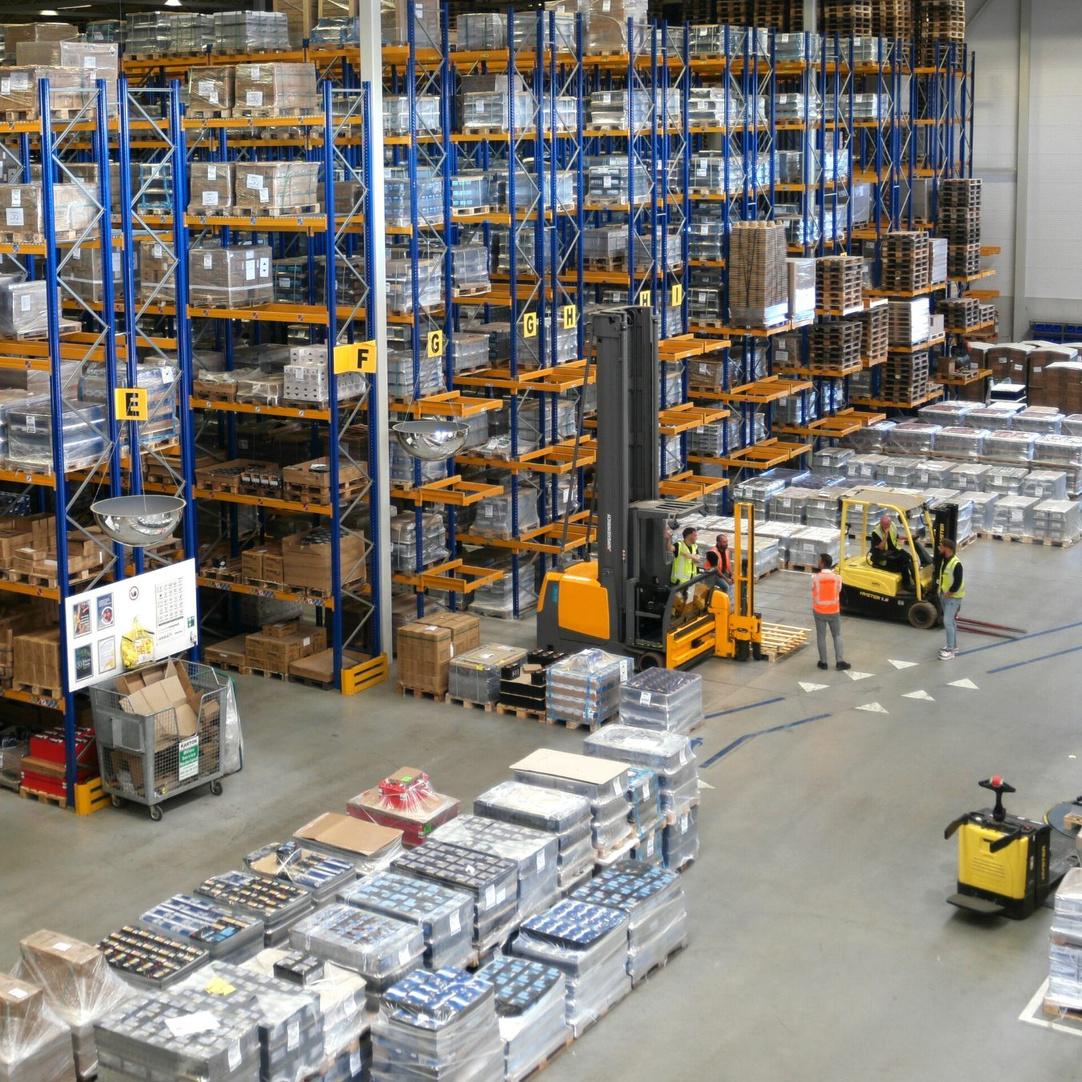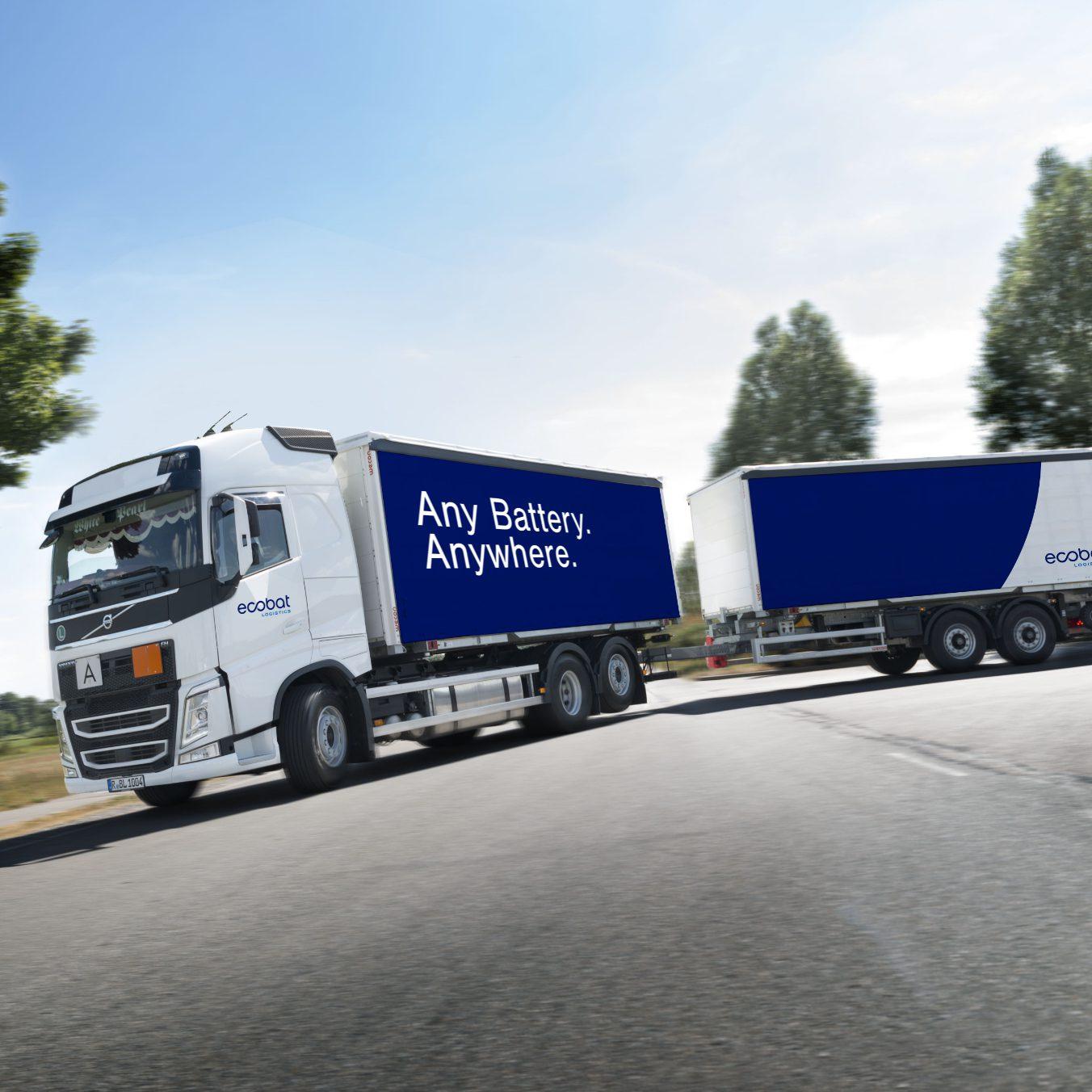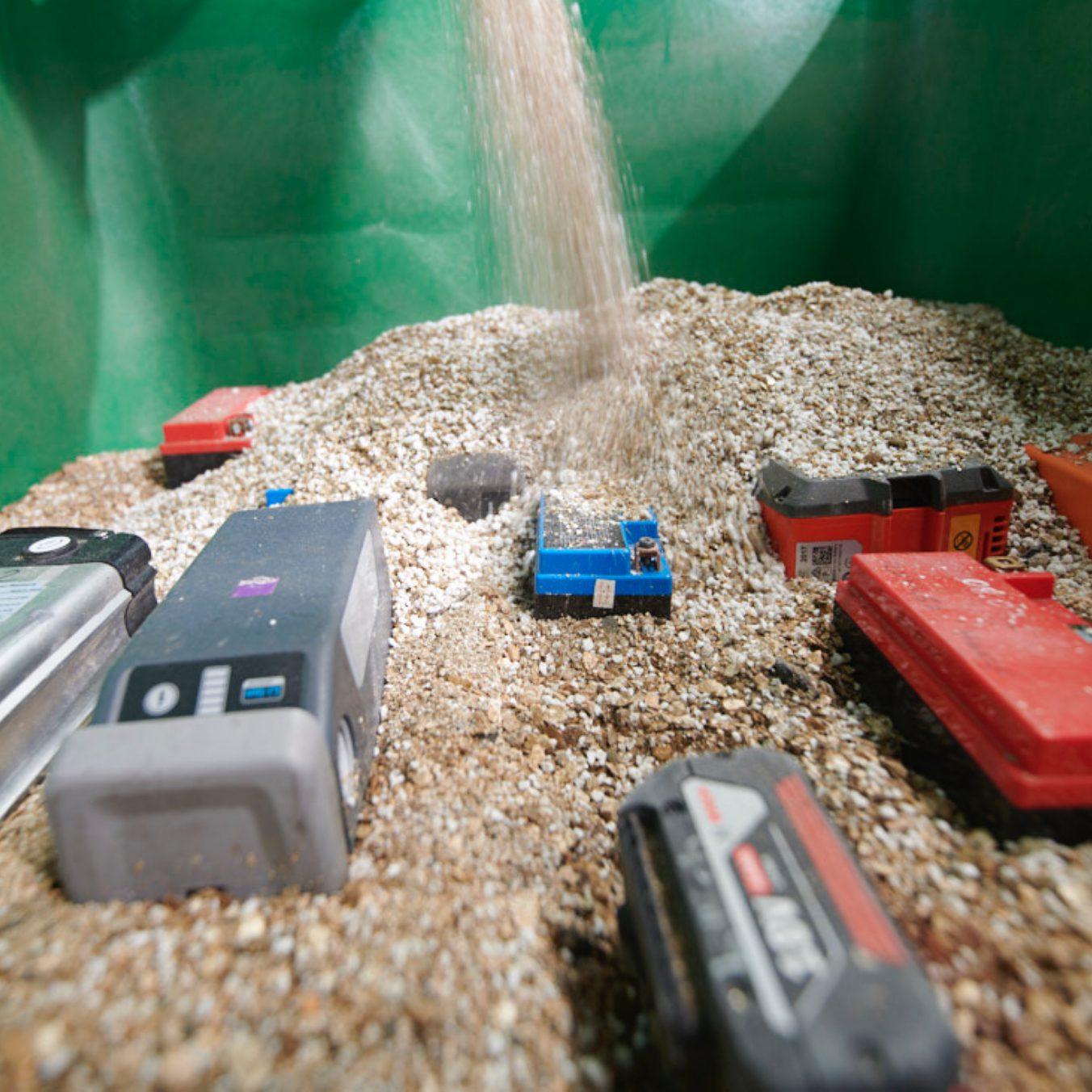

SUSTAINABILITY NEWS
Prepared by S Scruggs and L Sterne
REGULATION (EU) 2023/1542
WHAT IS THE PURPOSE OF THE NEW REGULATIONS ?
Batteries play an essential role in today's tertiary economy and are integral to the European Commission's plans to deliver on the EU Green Deal, the Circular Economy Action Plan, and the New Industrial Strategy. As such, the new regulation aims to: reduce the environmental and social impacts throughout all stages of the battery life cycle; promote a circular economy; and strengthen the functioning of the internal market.
For Ecobat the new Battery Regulations will have a substantial impact on the management and recycling of all types of waste batteries circulated in the EU. Industrial, automotive, electric vehicle and portable batteries placed in the EU market are subject to the Regulation, independent of their origin, which includes manufacturers, producers, importers, and distributors collectively defined as "Economic Operators".
HOW DO THESE REGULATIONS AFFECT OUR BUSINESS?
OVERVIEW OF THE BATTERY REGULATIONS
SO WHY ALL THE FUSS?
The Regulations focus on the full lifecycle of batteries as opposed to only the waste phase. The new regulations emphasize extended producer responsibility and require due diligence of supply chains to assess social and environmental risks, with a key focus on the supply of conflicting minerals such as cobalt, natural graphite, lithium, and nickel.
Some of the main provisions of the Regulations include the following:
A new classification has been added for the category of electric vehicle batteries, alongside other existing classes.
Progressive requirements to minimize the carbon footprint of EV batteries and rechargeable industrial batteries.
Mandatory minimum levels of recycled content are set for 2030 and 2035.
Supply chain due diligence substance sourcing obligations for Economic Operators that place rechargeable industrial batteries and EV batteries on the market.

New labelling and information requirements.
Development of an electronic exchange system for battery information, with the creation of a “battery passport” (i.e., electronic record) for each industrial battery and EV battery placed on the market.
In addition, it is to be noted that the Regulations now require industrial batteries with capacity >2kWh to contain a minimum of 85% of recycled lead for each battery model per year and per manufacturing plant, which may have market implications for both primary and secondary lead producers as well as the battery manufacturers.
For the first time, recycling efficiencies and recovery targets for substances in used lithium-ion batteries as well as lead batteries will be determined. These recycled content targets are set to be reviewed by 31 December 2028 to assess whether they need revision based on the availability of raw materials
KEY ELEMENTS INTRODUCED:
Sustainability and Safety
Supply Chain Management
Labelling and Informations
Recycling
Economic Operators
Obligations
Electronic Information
Exchange

SUSTAINABILITY AND SAFETY
Carbon Footprint and Restrictions on Hazardous Substances
All Electrical Vehicle (EV( batteries, Light means of Transport (LMT) batteries, and rechargeable industrial batteries with a capacity of more than two kWh must have a "clearly legible and indelible" carbon footprint declaration and label, indicating amongst others, the levels of recycled cobalt, lead, lithium, and nickel used in the battery production.
By 31 December 2030, the Commission shall assess the feasibility of extending the carbon footprint declaration requirement to portable batteries, and the requirement for a maximum life cycle carbon footprint threshold to rechargeable industrial batteries with a capacity of two kWh or less.
In addition, the Regulation restricts the use of mercury, cadmium, and lead.
SUPPLY CHAIN MANAGEMENT
Due Diligence Requirements
All Economic Operators, aside from SMEs, selling batteries within the EU market must develop and implement a due diligence policy compliant with international standards to address the social and environmental risks inherent in sourcing, processing, and trading the raw materials and secondary materials necessary for battery production.
Specifically, Economic Operators must adopt and clearly communicate to suppliers and the public due diligence policies concerning the supply of cobalt, natural graphite, lithium, nickel, and other chemical compounds based on the raw materials listed, in accordance with recognized international standards, such as the OECD Due Diligence Guidelines and the UN Guiding Principles on Business and Human Rights.
LABELLING & INFORMATION
Labelling changes
All batteries will need to be "CE" marked to demonstrate conformity with health, safety, and environmental protection standards applicable in the EU. The labelling for batteries included in a device should be affixed directly on the device in a clearly visible and legible manner. This marks a change from the current practice, in the EU and Germany for instance, where labelling is applied to the battery itself, rather than the overall device
BATTERY PASSPORT
The battery passport shall contain information relating to the battery model and information specific to the individual battery, including resulting from the use of that battery, as set out in Annex XIII.
Digital battery passport

EV batteries, LMT batteries, and rechargeable industrial batteries of <2kWh will need a "digital battery passport", with information on the battery model, the specific battery, and its use
More generally, all batteries must have labels and QR codes detailing their capacity, performance, durability, and chemical composition, as well as show the "separate collection" symbol
The labelling and information requirements will apply by 2026; however, the QR codes will not need to be implemented until 2027
RECYCLING
End of Life Management
An extensive section of the Regulations is dedicated to EoL Management of batteries, which includes, storage, collection, treatment, recycling, and maintaining a total prohibition on landfilling of waste batteries
Some of the provisions include, for instance, that all waste batteries including LMT, EV, SLI, and industrial batteries, must be collected by Economic Operators free of charge for end-users, regardless of the nature, chemical composition, condition, brand, or origin of the waste battery in question.
The Regulations further set out compulsory minimum levels of recycled content for reuse in new industrial, SLI, and EV batteries (i e 6% for lithium and nickel, 16% for cobalt, and 85% for lead )
Every battery will be required to specify the amount of recycled content it contains
Targets for the collection of waste portable batteries are as follows:
A collection rate of 45% by the end of 2023, 63% by the end of 2027, and 73% by the end of 2030 for portable batteries; and A collection rate of 51% by the end of 2028 and 61% by the end of 2031 for LMT batteries.
By the end of 2023, the Commission shall assess the feasibility and potential benefits of the establishment of deposit return systems for batteries, in particular for portable batteries for general use
Further to the above, Member States must by 18 November 2025 lay down the details of competent authorities or authorities’ organisations, as well as the administrative and procedural rules regarding: the registration of producers (Article 55); the authorisation of producers and producer responsibility organisations (Article 58); The oversight of implementation of extended producer responsibility obligations (Article 57); Collection of data on batteries and waste batteries (Article 75) and information required (Article 76)
SO WHAT TO DO NEXT?
Ecobat must align its strategies, policies, and processes with the Regulations.
Implementation notes:
Obligations of Economic Operators as set out in Chapter VI and Article 17 other than exceptions, rules on conformity assessment procedures, due diligence policies and end-of-life management will start to apply from 18 August 2024
Due diligence policies as per Chapter VII as well as rules relating to end-of-life management of batteries provided for in Chapter VIII need to be complied with from 18 August 2025
Penalties applicable to infringements of the Regulations will be set out by Member States by 18 August 2025.
By 18 February 2027, all companies will need to ensure the removability and replaceability of portable batteries and light means of transport (LMT) batteries as provided in Article 11.
Chapter IX regarding a Digital Battery Passport System will apply from 18 February 2027
To ensure compliance readiness we are developing a self assessment tool to track your compliance with the new Regulations.
Obligations on end-users:
End-users shall discard waste batteries separately from other waste streams, in a designated, separate collection point set up by the producer
To improve manageability, the Regulation requires that end-users must be able to remove and replace all portable batteries from the appliance for which they are used LMT batteries must be replaceable by an independent professional. Economic Operators will have 42 months to adapt the design of their products to this new requirement.
By 31 December 2030, the Commission will assess whether to phase out the use of nonrechargeable portable batteries for general use

FINAL THOUGHTS
The new EU Batteries Regulation is expected to become the global benchmark, surpassing comparable regimes in its efforts to regulate battery sustainability, safety, and end-of-life management.
In the US, so far only Washington, DC has passed a law mandating EPR for both single-use and rechargeable batteries. California has established a Lithium-Ion Car Battery Recycling Advisory Group "aimed at ensuring that as close to 100 percent as possible of lithium-ion batteries in the state are reused or recycled at end-of-life in a safe and cost-effective manner". In June 2023, a new bill was proposed that would create strict forced labour due diligence requirements for importers of products containing metals and minerals from the DRC. However, none of these measures is as broad in scope or as comprehensive as the EU's new Batteries Regulation.
As a global leader in lead recycling, we believe that we have a responsibility to set an example to our partners, suppliers, and customers in demonstrating compliance with the Regulations.
Still,havesomequestions?
PleasecontactLiezlSterneatliezlsterne@ecobatcom Also, please join us for our monthly broadcast and information ontheBatteryRegulationson31January2024
